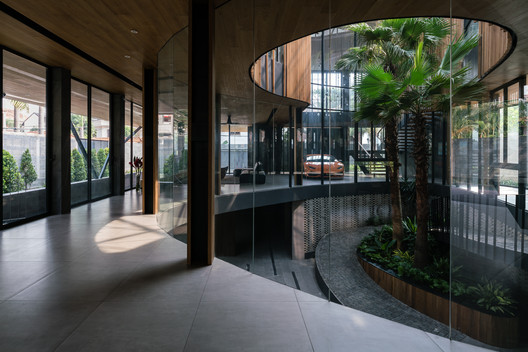
-
Architects: VACO Design
- Area: 1083 m²
- Year: 2018
-
Photographs:Quang Dam
-
Manufacturers: DuPont, Saint-Gobain, Acor, Blum, DHL, District Eight, Galaxy lighting, General Membrance, Hygolet de México, Lumi, M-Green, MIWA, Schomburg, TAC, Toto, VACO, Vietceramics



















































